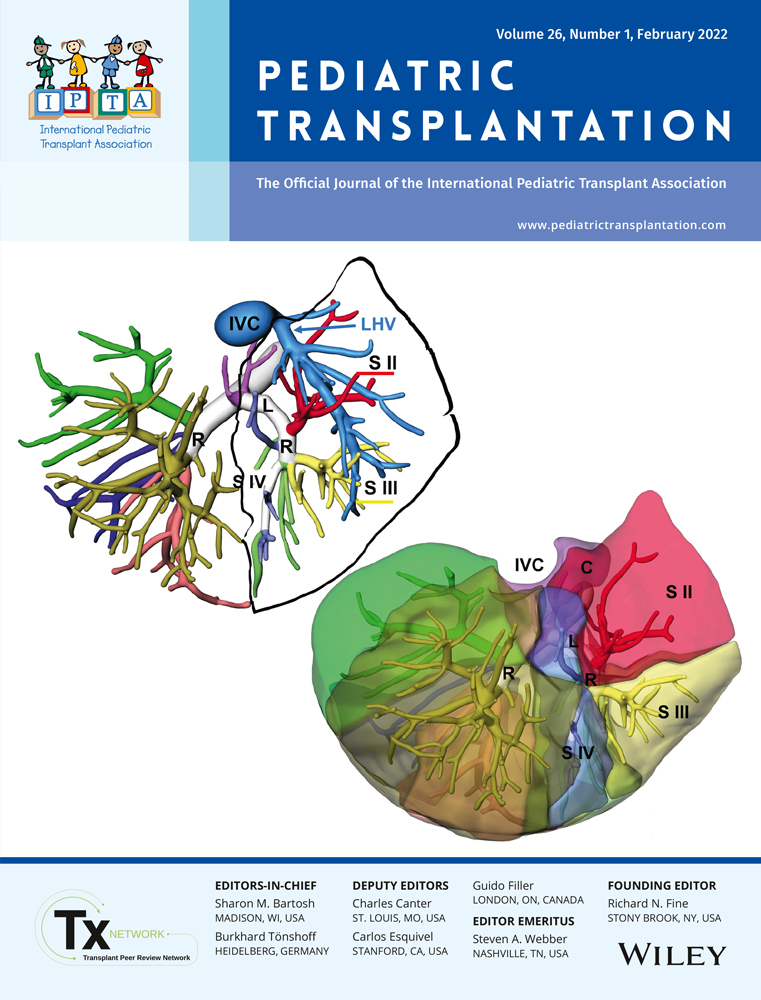Eligible neonatal donors after circulatory determination of death (Maastricht type III): A national survey of level III NICUs
The members of Neo-Spain Donation Group is in Appendix section.
Funding information
The authors did not receive any specific grant from funding agencies in the public, commercial, or not-for-profit sectors.
Abstract
Background
Organ donation continues to increase worldwide, but in general paediatric patients remain less likely to receive a transplant. The inclusion of neonates as donors after cDCD should be considered in an effort to increase donation rates.
Methods
The survey for a cross-sectional national study of potential cDCD neonatal donors (Maastricht type III) was sent to all 90 level III Spanish neonatal units to explore: 1) protocols, education, and specific opinions on donation and 2) potential cDCD that could have been eligible over a 2-year period (2014–2015).
Results
Forty-five centers (50%) completed the survey, and 38/45 gave information about potential eligible donors. In 16% of the centers specific protocols on neonatal donation exist. All hospitals demanded more specific training, and 65% noted that the donation process could be a problem in the family's dismissal of the child.
During the study period 46 805 neonates were admitted in the 38 centers, and 625 neonates died. Ninety-five born at a gestational age ≥34 weeks and above 2000 gr died after an EoL decision, 38 (40%) and 13 (14%) of them due to neonatal encephalopathy and multiple congenital anomalies, respectively. There were 31 (33%) elegible infants who died in less than 120 min due to pathologies that did not contraindicate donation.
Conclusions
Neonatal cDCD could help to reduce the gap between the supply of and demand for organs according to the potentially eligible patients emerging from this study. Training in EoL and donation processes should be provided to healthcare professionals.
CONFLICT OF INTEREST
The authors report no conflict of interest.
Open Research
DATA AVAILABILITY STATEMENT
The authors confirm that the data supporting the findings of this study are available within the article and its Supplementary materials. Any other information is available on reasonable request from the corresponding author.




